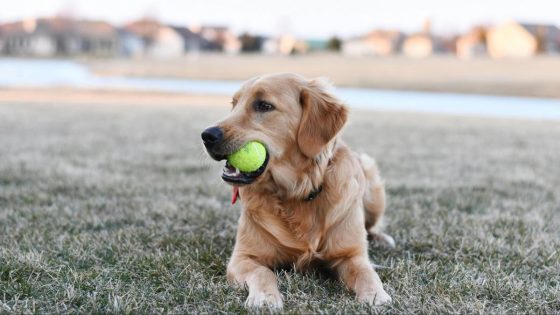Are you playing ball with your dog? According to Robert Llorente, a canine ethologist, this common activity might not be beneficial. On February 4, 2025, during a segment on the show Cita Bestial, Llorente shared insights about the potential dangers of ball games for dogs, highlighting how it can lead to obsessive behaviors.
- More dogs than children in Barcelona
- Playing ball makes dogs more nervous
- Dogs can become obsessed with balls
- Introduce a signal to end playtime
- Hunting instincts are not ideal for pets
Why Playing Ball with Your Dog Might Be a Bad Idea
Have you ever wondered if playing fetch is really good for your dog? Llorente believes that this classic game can actually lead to increased anxiety in dogs. He argues that chasing moving objects, like balls, can trigger unwanted behaviors, making dogs more alert and nervous.
Understanding the Impact of Fetch on Your Dog’s Behavior
When dogs play fetch, they often become fixated on the ball, which can lead to a cycle of anxiety and obsession. Llorente explains that many dogs he encounters are “ball-obsessed,” which can hinder their ability to explore their environment. To combat this, he suggests the following:
- Introduce a clear command to signal the end of playtime.
- Use a longer ball or toy to encourage collaborative play.
- Limit playtime to prevent obsessive behaviors.
- Encourage exploration and other forms of play.
How to Play Safely with Your Dog
To ensure that your dog enjoys playtime without developing obsessive behaviors, consider these strategies. Llorente recommends using a signal to indicate when play is over. This helps dogs understand boundaries and reduces anxiety. Additionally, engaging in collaborative games can foster a healthier relationship between you and your pet.
Recognizing Signs of Obsession in Dogs
It’s crucial to be aware of the signs that your dog may be developing an unhealthy obsession with the ball. Look for behaviors such as:
- Constantly seeking the ball.
- Inability to focus on other activities.
- Increased anxiety or restlessness when the ball is not present.
- Difficulty calming down after playtime.
By recognizing these signs early, you can take steps to redirect your dog’s energy towards healthier activities.
In conclusion, while playing ball with your dog can be fun, it’s essential to be mindful of the potential risks. By implementing boundaries and exploring alternative play methods, you can help your furry friend enjoy a balanced and fulfilling life.

































